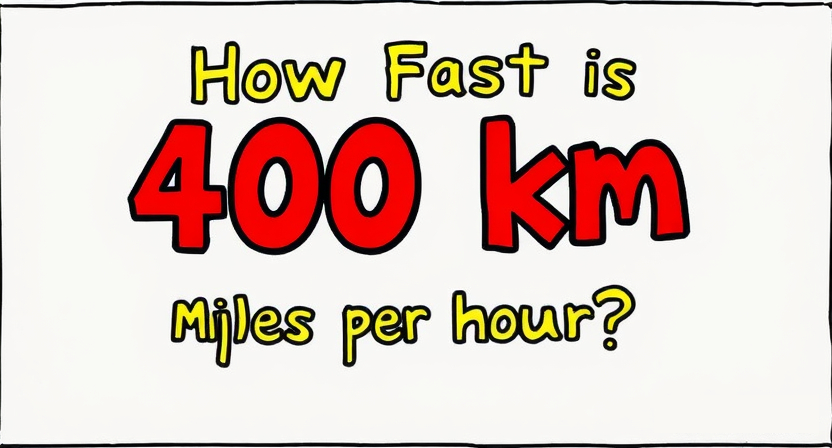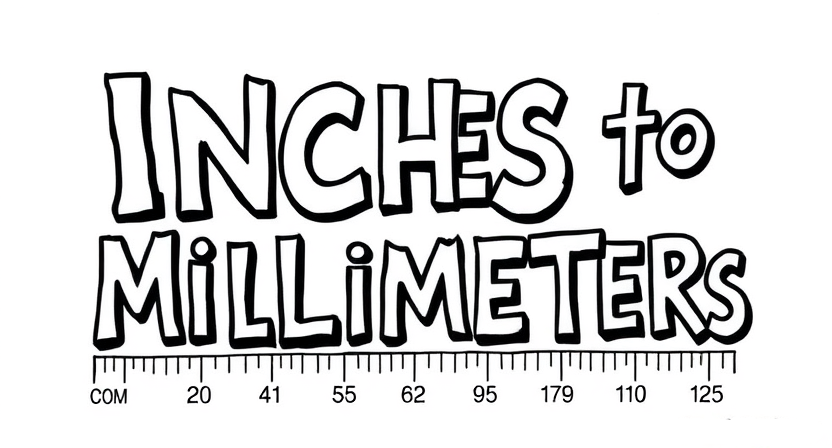Ever wondered how fast 400 kilometers per hour really is when measured in miles per hour? Well, let me break it down for you in a simple, engaging way. Conversions between kilometers and miles might sound a bit tricky at first, but once you get the hang of it, it’s a piece of cake. And trust me, by the end of this article, you’ll have a crystal-clear understanding of this speed in terms you’re familiar with.
Understanding the Basics
Before diving into the math, let’s clear up a couple of things. When you talk about speed, you’re measuring how far something travels within a certain amount of time. In the United States, we mostly use miles per hour (mph), while other parts of the world—like Europe and Asia—prefer kilometers per hour (km/h). So, if someone zips past at 400 km/h, how fast are they really going in terms of mph?
The Conversion Formula
Here’s the deal: 1 kilometer equals approximately 0.621371 miles. So, to convert kilometers per hour to miles per hour, all you need to do is multiply the speed in kilometers by 0.621371.
Here’s the formula:
Speed in mph=Speed in km/h×0.621371
Now, let’s plug in the numbers.
Crunching the Numbers
If you’re traveling at 400 km/h, you’d calculate your speed in mph like this:
400×0.621371=248.548
So, 400 kilometers per hour is equal to approximately 248.5 miles per hour. That’s fast, isn’t it?
To give you some perspective, let’s compare this to some real-world speeds:
- A typical car on a U.S. highway: Around 60-70 mph.
- A high-speed train like Japan’s Shinkansen: Roughly 200 mph.
- Commercial airplanes during cruising: About 575 mph.
Why Does This Matter?
Let’s face it: converting 400 km/h to mph isn’t just about satisfying curiosity. It’s also about understanding the speeds we encounter in everyday life or in extraordinary situations. For example, if you’re a car enthusiast drooling over hypercars like the Bugatti Chiron, you’ve probably heard it’s capable of reaching speeds over 400 km/h. In mph, that’s around 249 mph—just shy of the magical 250 mph mark that few vehicles can achieve.
Real-Life Examples of 400 km/h Speeds
- The Bugatti Chiron: This engineering marvel reaches speeds of 400 km/h in a heartbeat. It’s an example of how far automobile technology has come.
- High-Speed Rail: While no current trains regularly travel at 400 km/h, planned maglev trains, such as the ones in China, are inching closer to that mark.
- Aircraft Speeds: While not common in everyday aviation, smaller jets and military aircraft often achieve similar speeds.
Fun Fact: How Long to Cover a Mile?
At 400 km/h, you’re covering 248.5 miles in one hour. That means you’re zipping through a mile in just about 14.5 seconds! Imagine covering the length of 17 football fields in the blink of an eye—that’s the thrill of 400 km/h.
Visualizing the Speed
To help you really grasp how fast 400 km/h is:
- Picture a speeding car on a straight road. At 248.5 mph, you’re moving so fast that road signs and scenery blur into oblivion.
- Think about a cheetah, the fastest land animal. It tops out at around 70 mph, meaning you’re moving nearly 3.5 times faster.
Common Questions I’ve Heard
1. Is 400 km/h a realistic speed for most people? Not really! Unless you’re a race car driver or traveling in a prototype vehicle, hitting this speed isn’t something you’d encounter daily.
2. Why use 0.621371 for conversion? This number comes from the official conversion between kilometers and miles. It’s precise, so you’ll always get accurate results.
3. What’s the closest thing I can drive that goes 400 km/h? Supercars like the Bugatti Chiron and Koenigsegg Jesko are your best bet, but they come with a hefty price tag—we’re talking millions of dollars.
Wrapping It Up
So there you have it. 400 kilometers per hour equals about 248.5 miles per hour. Whether you’re a gearhead, a student curious about math, or just someone who loves fun facts, knowing how to convert speeds can be pretty handy. It’s not just about numbers; it’s about context and understanding the incredible speeds the world around us can reach.
If you found this helpful, why not share it with your friends or leave a comment below? I’d love to hear your thoughts, especially if you’ve ever experienced traveling at breakneck speeds like this. Let’s keep the conversation rolling!





Leave a Reply